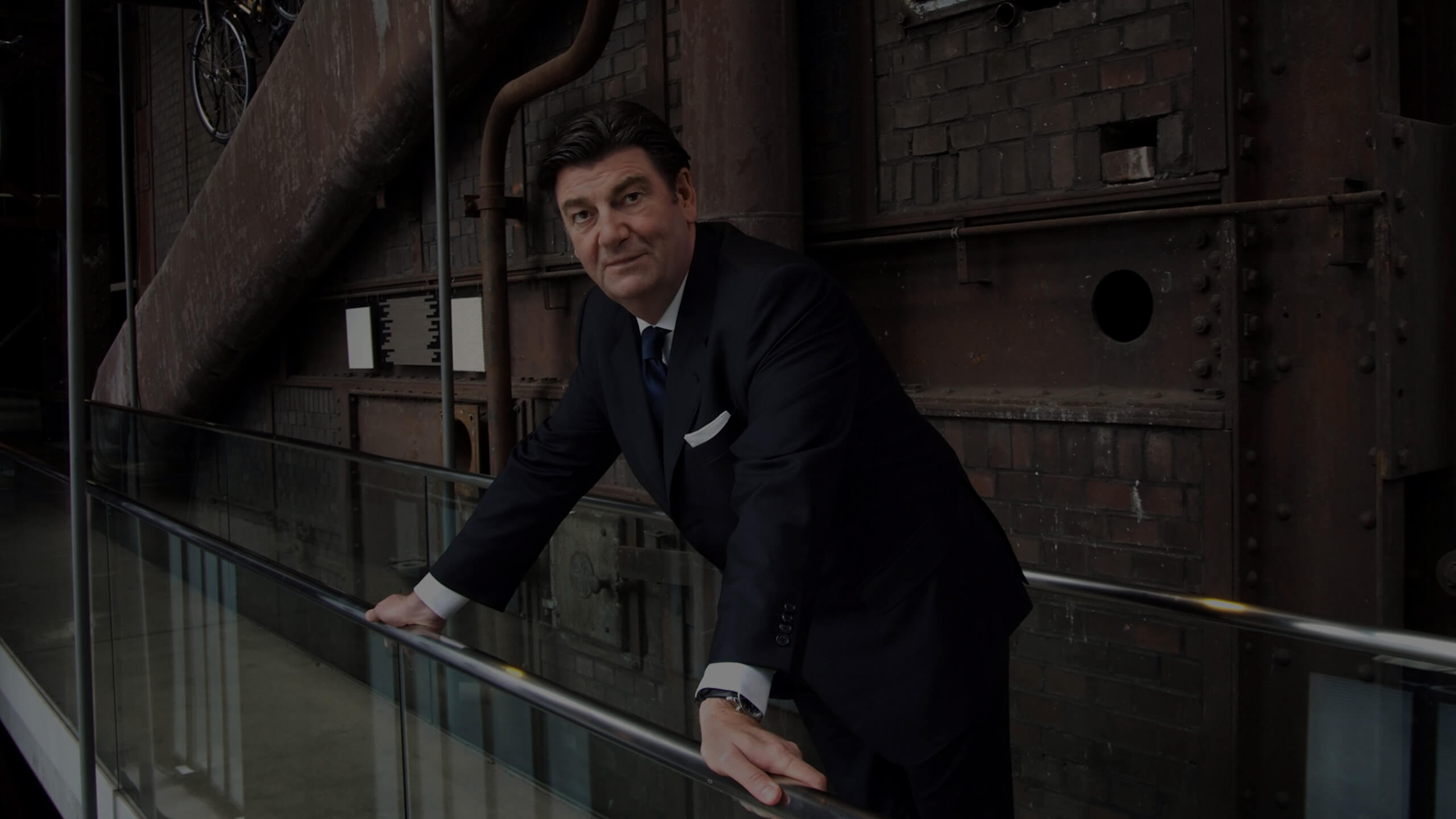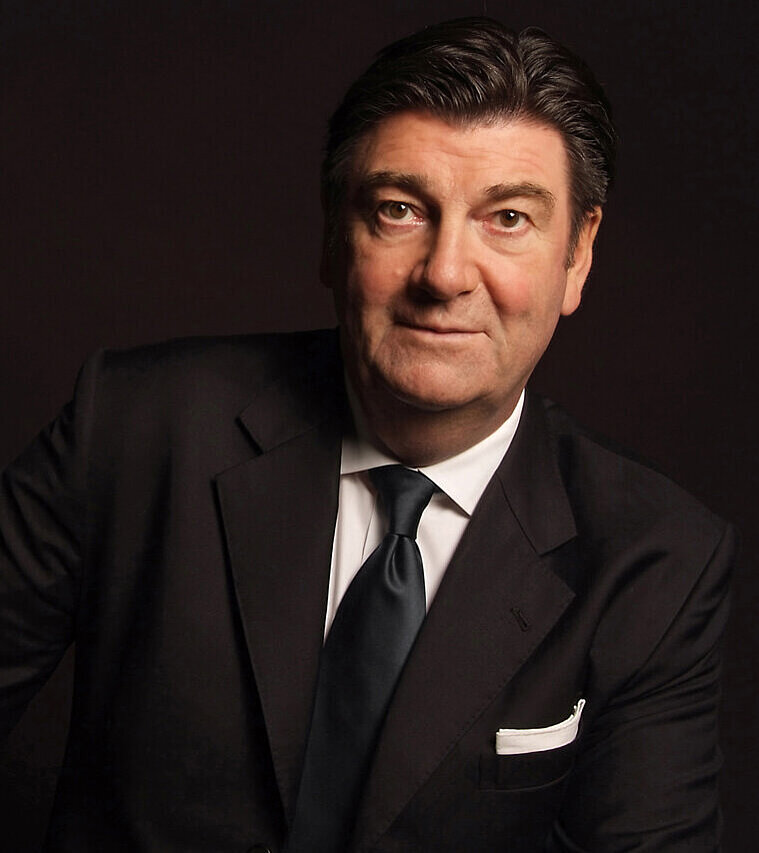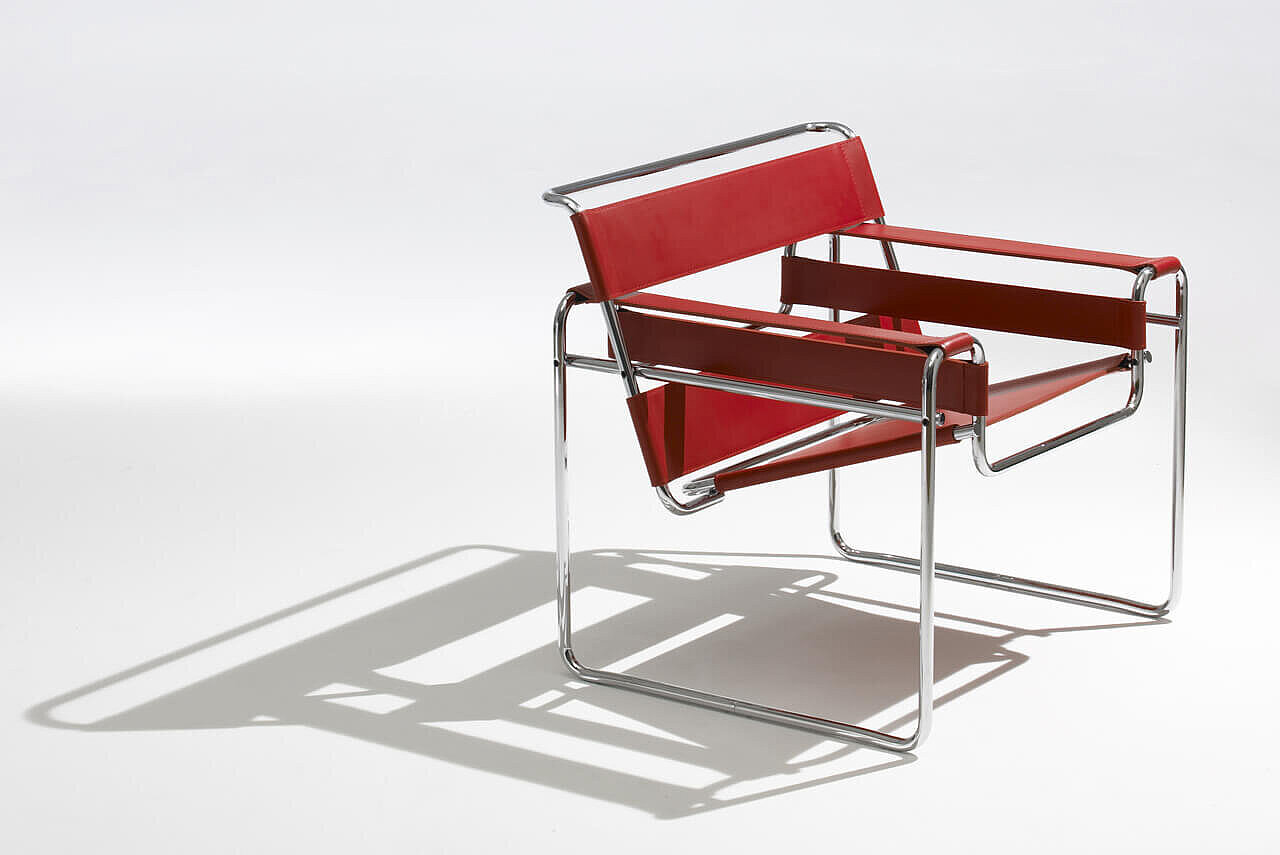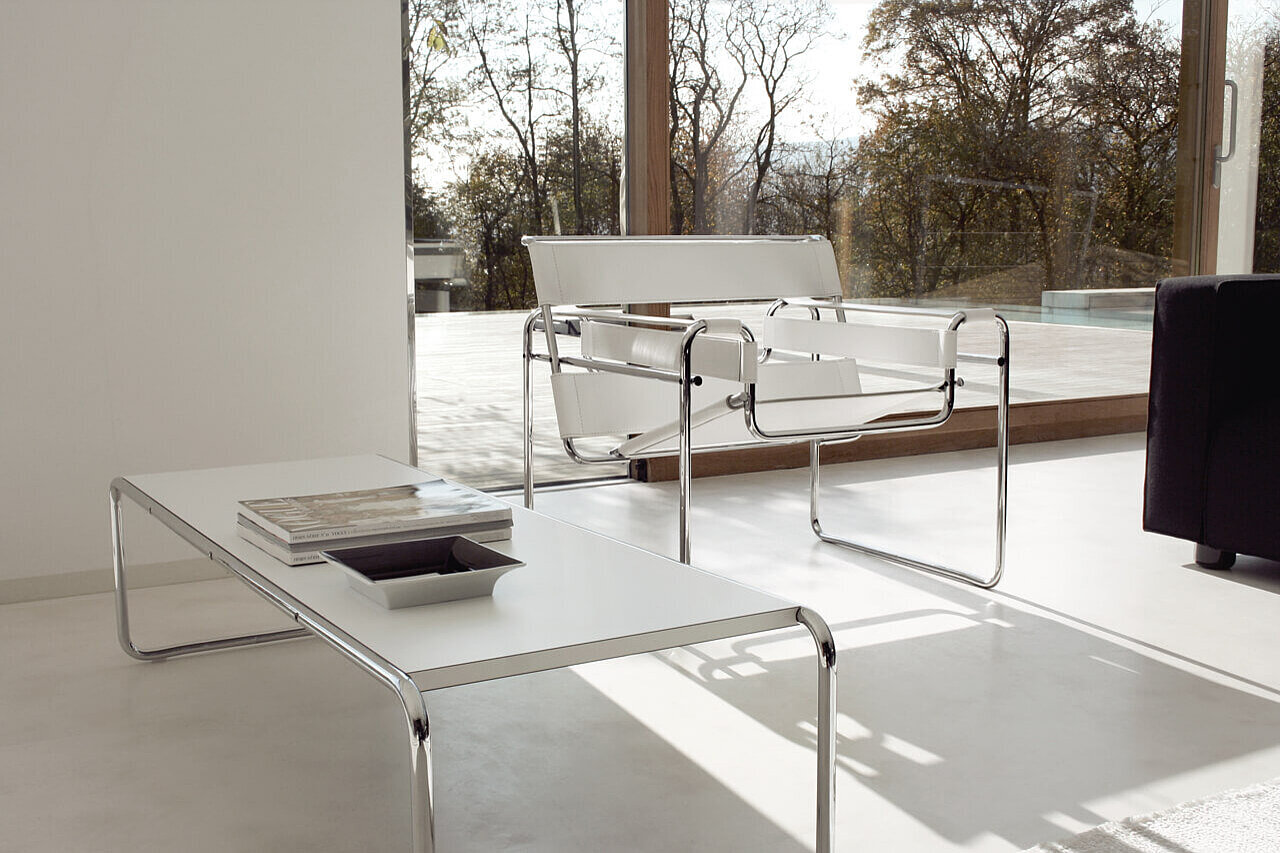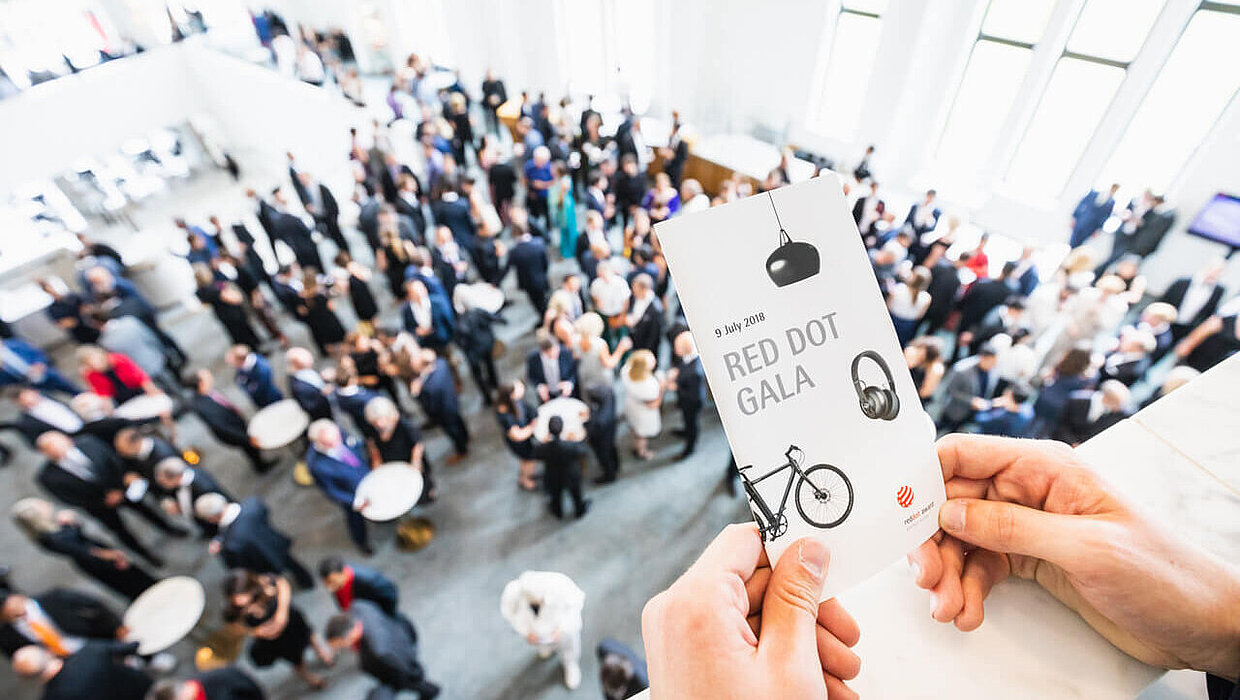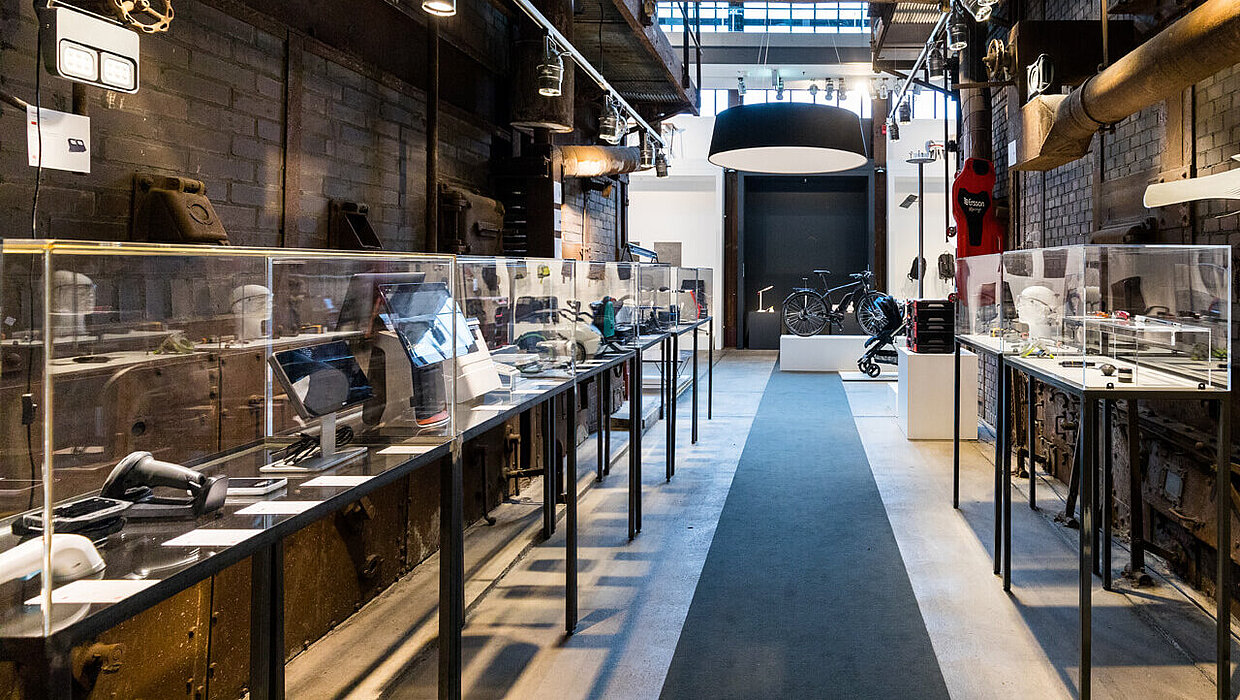Bauhaus: 100 years courage for innovation
100 years ago, Walter Gropius initiated the art school “Staatliches Bauhaus” in Weimar, which was later called “Hochschule für Gestaltung in Dessau” – an important milestone for the design industry. Although it only existed for 14 years, the Bauhaus is said to be one of the most meaningful developments of the 20th century and Germany’s most influential school of thought. The ideals which arose during this era did not only shape the local design culture, but also attracted worldwide attention. The art, design and architecture of this time, characterised by functionality and simplicity, are ever-present until today – reason enough to duly celebrate the great legacy this year.
Shaping the future
With the design school “Staatliches Bauhaus”, founded in 1919, Walter Gropius aimed at shaping the construction of the future. In a first step, the students should familiarise themselves with new materials, colours and forms. Afterwards, the lessons in the workshops, which included the areas of metalwork, sculpting, weaving, ceramics, furniture, typography or wall painting, began. Thereby, the focus was always on the close collaboration between artists and craftsmen from different styles. The equality of both disciplines and the hand in hand working as well as the combination between lessons and application bore fruits and resulted in numerous ground-breaking product designs. After the foundation of the “Bauhaus GmbH”, these could also go into industrial mass production.
Form follows function
In terms of design, the products of the Bauhaus notably revolutionised the design industry. Plain forms, simplicity, functionality, new materials such as steel, concrete and glass as well as artistic craftsmanship have a formative influence on the style. Decisive for each design is the efficiency and utility of the product. Equally, the form should be influenced solely by function. According to Gropius, the concentration of the essential and on clear lines made romantic ornaments and playfulness superfluous as they disguise the initial purpose of the object – an approach which is still modern today.
What remains
Many of the products, which emerged in those days, have become integral parts of our everyday life. This is manifested by the Wassily chair from Marcel Breuer from 1925, one of the most popular designs of the Bauhaus period. Today, it is produced by Knoll and not only a bestseller, but also one of the most copied pieces of furniture ever. The steel pipe construction reduces the chair to its essential form. Rich in contrast, the combination of cold, shiny tubular steel and the soft, warm leather make it an absolute eye-catcher in the room. Nevertheless, it seems inconspicuous and discrete and thus fits different housing situations.
Alike, the table lamp from Wilhelm Wagenfeld, who could already write design history as a student, is an icon of the Bauhaus movement. Today, the company Tecnolumen produces the lamp in four different variations. With the use of simple geometric forms, such as the round base and the cylindrical shaft, it more than meets the requirements of the guiding principle “Form follows function”. The use of nickel-plated metal, clear glass and hand-blown opal glass make it a real classic.
The products from that time are not the only things that remain. With regard to the numerous digital and analogue stimuli we encounter daily, it is a blessing that designers are concentrating more on the principle of simplicity and that they are giving the technological development a significant form. Thereby, they ensure that the products, which are getting more and more complex these days, can be used easily without any explanations. Today more than ever, the new technologies require that designers and engineers work together closely and communicate efficiently. Although the design discipline opens up completely new dimensions today, one thing always remains the same: Even 100 years after the Bauhaus foundation, it is still about creating functional and aesthetic products, which improve our quality of life.
Red Dot Award: Product Design 2019
In the Red Dot Award: Product Design, designers and manufacturers regularly prove that they are capable of solving this task. Among more than 5,500 entries, 80 products convinced the jury notably: They received the Red Dot: Best of the Best, the highest distinction of the competition. They are all characterised by functionality and aesthetics – principles which originated from the Bauhaus era. On 8 July, the makers of the best products of the year will be honoured for their excellent achievements within the framework of the Red Dot Gala. On stage of Essen’s Aalto-Theater, they will receive their well-deserved trophies and Professor Dr. Peter Zec will personally congratulate them. At the subsequent Designers’ Night in the Red Dot Design Museum, it is about celebrating the successes and discovering as well as testing the award-winning products, presented in three special exhibitions.
